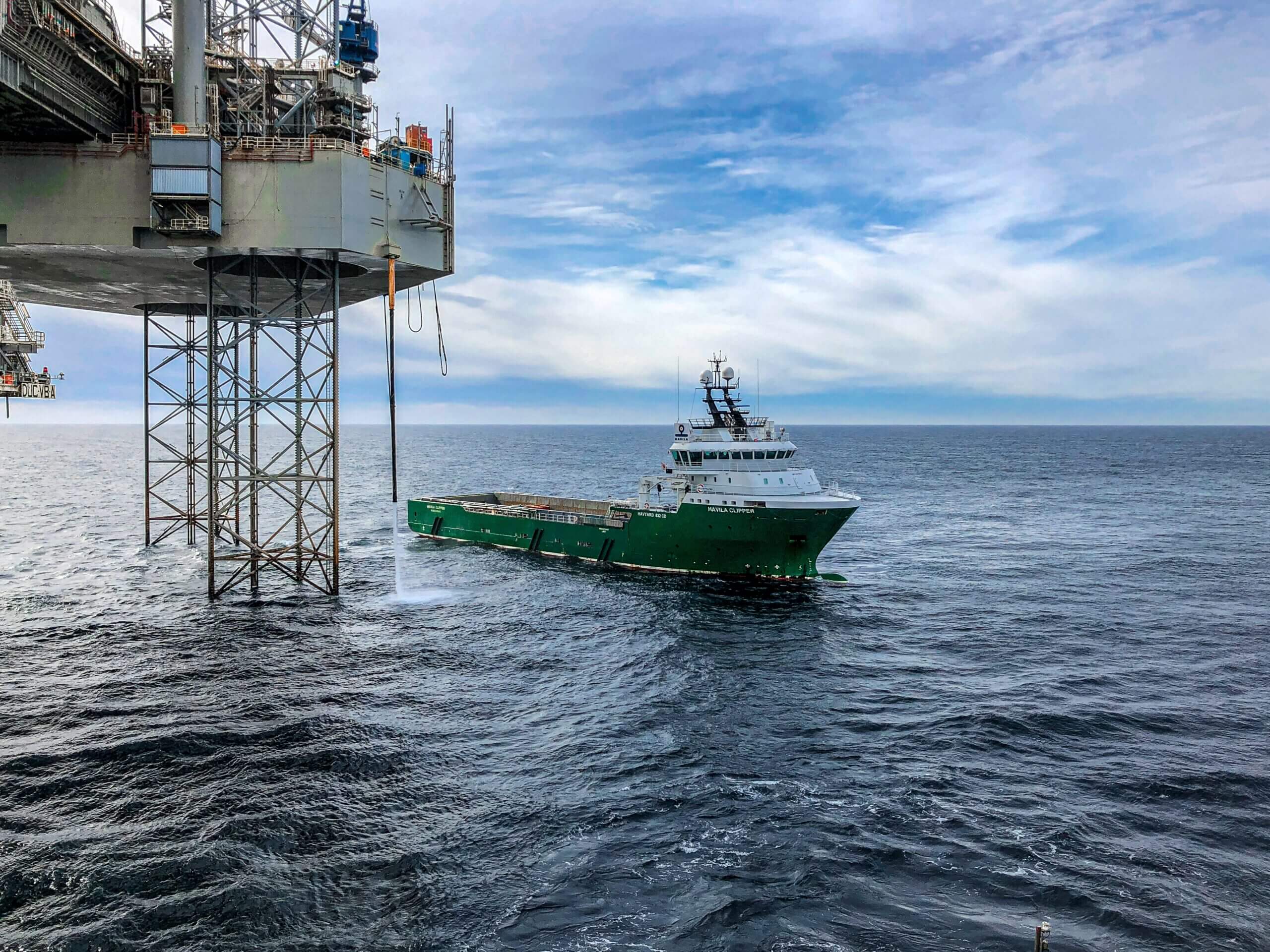A Chinese Oil and Gas Giant Pivots — But Doesn’t Head Home
China National Offshore Oil Corporation (CNOOC) reportedly plans to exit its UK, US, and Canada operations, and turn its attention to acquiring new assets in Latin America and Africa. The decision is driven by fear that western assets—which include stakes in major fields in the North Sea and the Gulf of Mexico, onshore US shale basins, and large Canadian oil sand projects—could become subject to sanctions, perhaps akin to Germany’s seizure of a Gazprom unit. CNOOC has already been sanctioned and blacklisted by the US, and identified by the Department of Defense as a Chinese military company. CNOOC’s move underlines the degree to which geopolitical tension between the West and the Russia/China axis is playing out, and is expected to continue to play out, in critical supply chains. It also underscores that China’s response is not to retrench – on the contrary: Beijing’s oil giants’ fundamental strategic aims remain to secure overseas energy resources, part of the country’s ambition to increase its control over international energy markets. With the UK, US, and Canada increasingly volatile targets, China is turning to Latin America and Africa as alternatives, both for fossil fuels and for green energy-relevant critical minerals.
GM x Glencore: A Flashy Collab, but the Devil Is in the Details
General Motors has added another partner to its growing and diversified EV supply chain. This week, it announced a multi-year cobalt supply deal with the miner Glencore. This adds another player to GM’s roster of EV-relevant supply partners, which already includes South Korea’s Posco Chemical for cathode active materials, Controlled Thermal Resources (CTR) for lithium, GE for rare earth materials, MP Materials for NdFeB alloy and magnets, and Germany’s Vacuumschmelze (VAC) for permanent magnets. But this might suggest that GM has everything covered with an all-star team, the devil is, as always, in the details. For example, GM plans to have the capacity to build one million EVs in North America by 2025. Assuming 1.4kg of NdFeB magnet per EV motor, plus an additional 15% diverted to waste streams, that means 1 million x 1.6 = 1,600 tons of NdFeB, roughly equal to 480 tons of NdPr metal. MP says it will have the capacity to produce alloy and magnet materials to power 500,000 EVs by 2025—half of GM’s planned capacity. Where will the magnets and NdPr for the other half a million motors come from? And what if demand from other players chips away at GM’s roster? Note that the MOU with VAC is non-binding.
China Signals More Government Intervention Ahead
In what appears to be another attempt at calming market jitters, China’s securities regulator issued a notice (archived) this week on steps to ensure the “healthy development” of listed companies. The document proposes 12 brief points to shore up investor confidence. All are couched in benign-sounding language. All also suggest that Beijing is preparing for even more government intervention in China’s capital markets, including by guiding “social security, pension, trust, insurance, and financial institutions to allocate more funds to equity assets and increase investments in capital markets;” “encourage[ing] listed companies to repurchase shares for share incentive and employee stock ownership plans,” and pushing “major shareholders, directors and supervisors to hold shares of listed companies for a long period of time and actively stabilize share prices by increasing shareholdings when the Company’s shares have fallen significantly.” Beijing has made clear that companies and markets are to be in the service of the state. This latest announcement is another reminder that the government will not hesitate to intervene in and distort market forces in the pursuit of political goals.
(Photo by Pexels)




